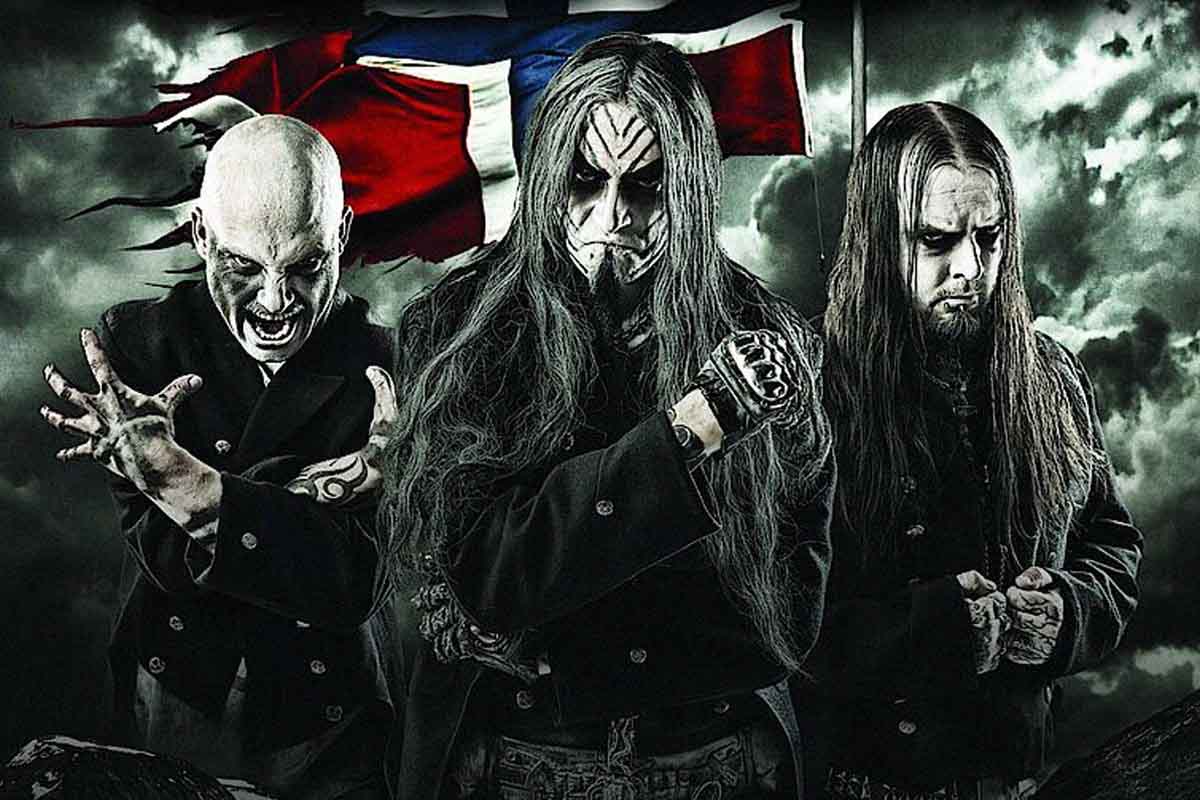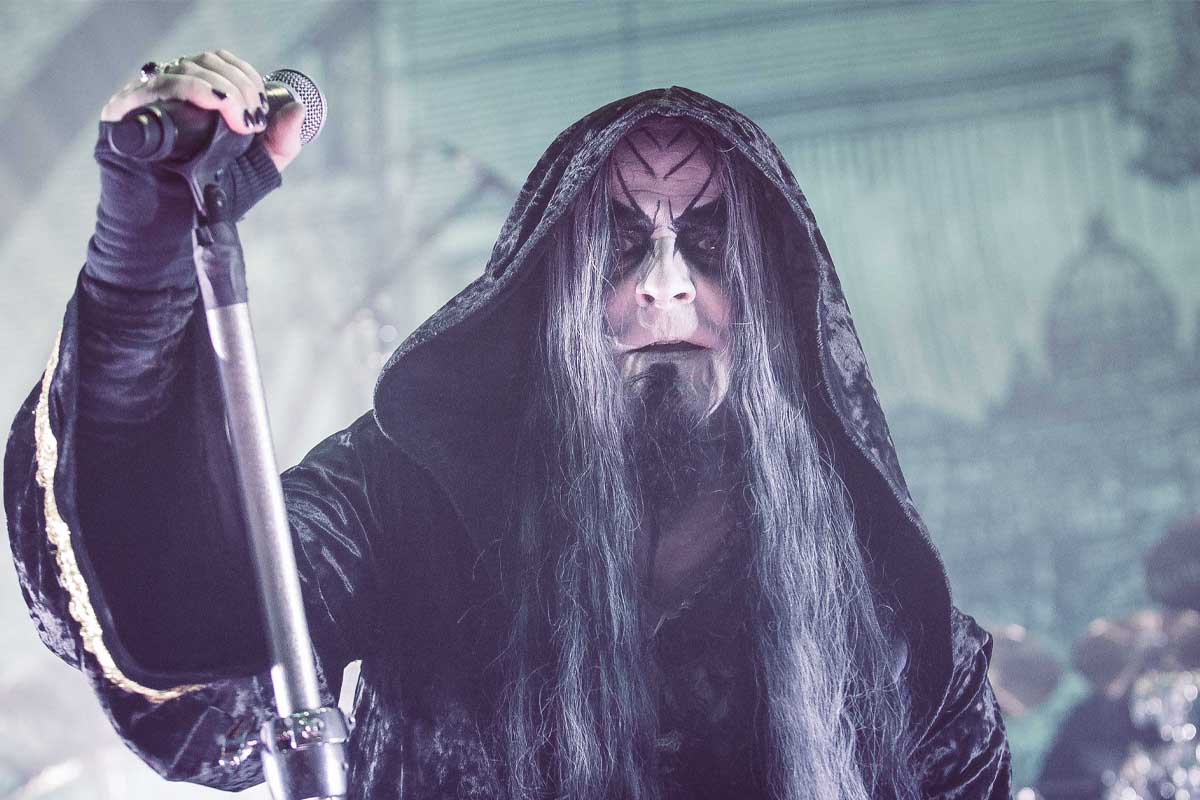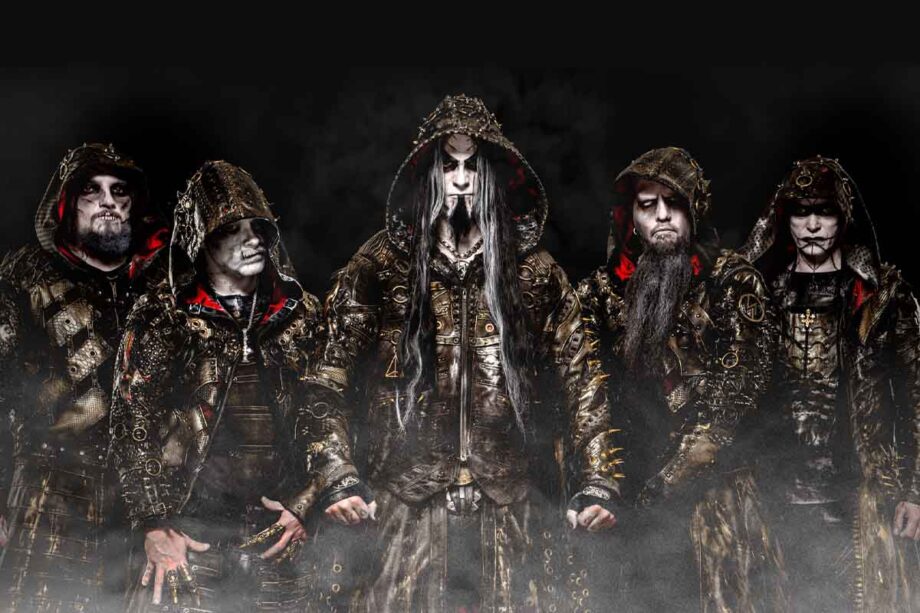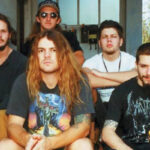Few bands have sparked as much controversy as Dimmu Borgir in the realm of extreme metal. The Norwegian symphonic black metal band’s journey from underground obscurity to mainstream success has become a focal point of heated debates within the black metal community. These debates have particularly focused on their authenticity in the genre.
Mainstream Success Is Not Black Metal’s Thing

The band achieved a significant milestone by becoming the first black metal band with a number-one album in Norway with ‘In Sorte Diaboli.’ This success and many more became a double-edged sword.
Metal Invader reports the band’s success extended beyond album sales. Their music gained exposure through mainstream channels like MTV2 and Fuse. This marked a significant departure from black metal’s traditionally underground distribution while their participation in major festivals like Ozzfest in 2004 introduced them to larger audiences.
This visibility, however, came at the cost of credibility among black metal purists. Many believed the band’s purpose was conforming to the mainstream standards, harming their sound and taking metal away from it.
The insight from within the scene itself revealed telling details. In an interview with FMP666, members of Mysticum shared a conversation with a Dimmu Borgir guitarist, who reportedly expressed frustration with the band’s rigid practice schedule turning the band into a work instead of an art act.
The style they adapted in their albums through the years didn’t help their case, either.
They Are Accused Of Being Posers

Some have appreciated the band’s innovative approach to the genre. Others viewed their evolution as a calculated move away from black metal’s core principles.
The band’s polished, symphonic approach has become a major point of contention. Fan discussions documented by The Hard Times often labeled them as “posers” and “Ozzfest-playing sellouts.” Metalheads particularly criticized their “over-produced symphonic attempts at black metal.”
Tuonela Magazine documented the band’s early transformation away from traditional black metal conventions. Their journey from raw black metal to symphonic complexity emerged through albums like ‘Spiritual Black Dimensions’ (1999) and ‘Puritanical Euphoric Misanthropia’ (2001). These releases introduced more elaborate musical arrangements and orchestral elements.
According to Slayer magazine, respected editor Jon ‘Metalion’ Kristiansen reviewed ‘Spiritual Black Dimensions,’ saying it was “a fine case of melodic, over-produced, symphonic metal,” while explicitly refusing to classify it as black metal.
The band fully embraced their symphonic direction in later works. ‘Death Cult Armageddon’ (2003) and ‘Abrahadabra’ (2010) incorporated full orchestras and choirs into their compositions. The band’s vocalist, Shagrath, has defended their artistic choices, emphasizing their commitment to musical evolution regardless of external criticism. This didn’t stop the criticism, of course.





